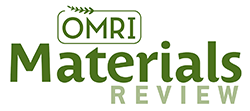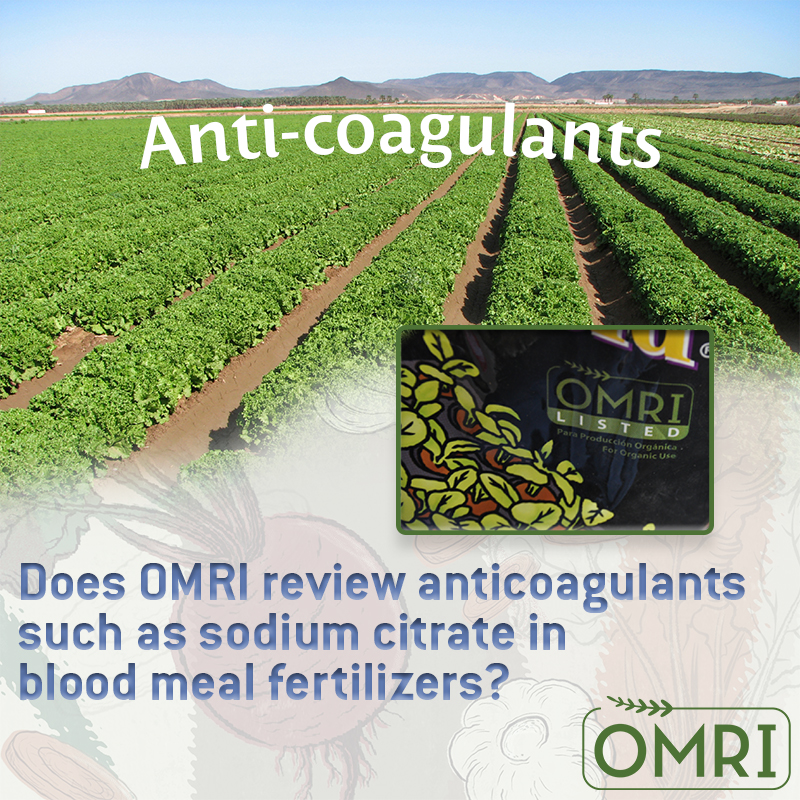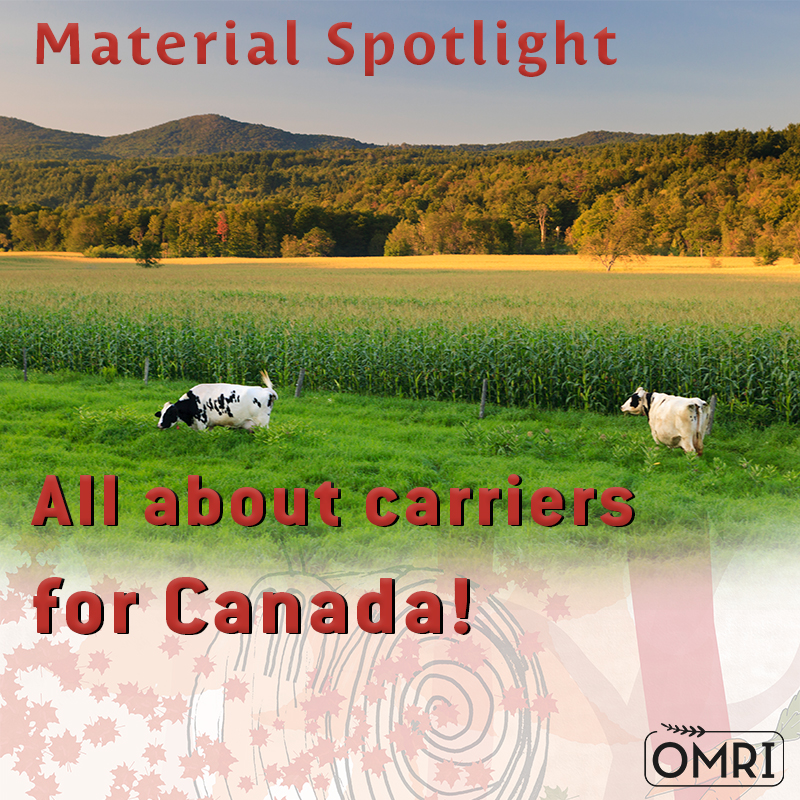
Looking for complete background information on a particular topic? You’ve come to the right place!
Browse OMRI’s articles, or contact us to suggest a topic. Don’t forget that subscribers receive the complete OMRI newsletter with the latest reports, delivered quarterly.
What are common ketosis and milk fever treatments?
By Phoebe Judge
Milk fever (parturient paresis) and ketosis are two common yet life-threatening disorders affecting cows, goats and sheep. Milk fever occurs due to low levels of calcium in the blood. The cause of ketosis is not well understood, but it occurs in animals when they rapidly mobilize fat and need high levels of glucose. Both of these disorders can occur during early lactation. A speedy remedy is often all that stands between an animal’s death and its return...
by Kelsey McKee
The organic movement has both a local focus and a global reach, which is true for OMRI as well. At our office in Eugene, Oregon, we review input products that are manufactured across town, and purchased by local farmers who market their bounty through Community Supported Agriculture (CSA) programs. We also review input materials from halfway across the globe that may be used to grow such novelties as the tropical dragon fruit or mid-winter strawberry. In total, the...
What are the recent regulatory updates that impact synthetic acid stabilization for fish products?
By Jennifer Christie
Growers have used fish products throughout history to provide essential plant nutrients to their crops, and organic producers rely on liquid fish products for this same purpose. However, these products’ proteins degrade rapidly under normal environmental conditions, so modern manufacturers employ acid-stabilization to delay putrefaction and extend the products’ viability.
When it comes to...
By Phoebe Judge
OMRI recently completed a periodic re-review of the OMRI Generic Materials List© and OMRI Standards Manual© for review to the USDA National Organic Program (NOP) standards, and these updates are now available online at OMRI.org. The 2019 revisions reflect updates to the National List, clarification of definitions, reorganization of categories, and other updates as highlighted below. These changes may include input from public comments and technical review, and are approved by the OMRI Board of...
 Does OMRI review anticoagulants such as sodium citrate in blood ingredients?
Does OMRI review anticoagulants such as sodium citrate in blood ingredients?
By Peter Bungum
Animal products such as blood are allowed under the National Organic Program (NOP) regulations at §205.203(c), provided that they have not been chemically altered during the manufacturing process. Blood has been used for millennia as a fertilizer, and it is a good...
How does OMRI review guano as a crop fertilizer, and when does it carry a restriction?
By Gwynn Sawyer Ostrom
Guano is a naturally occurring substance primarily made from the excrement of wild bats and birds. It is commonly used as a fertilizer and is typically high in nitrogen, phosphate and potassium (NPK). It can be found where colonies of seabirds dwell, such as islands near coasts and subtropical latitudes where there is little rain, or in caves. In some places, guano goes through a lengthy process of...
Is silicon dioxide allowed as an anti-caking agent in livestock feed?
By Gwen Ayers
Silicon dioxide (SiO2), also know as silica, is a chemical compound which has many different crystalline forms and a wide range of applications. It is used in everything from the production of widow glass and optical fibers to defoamers and cement. The term “Silicon Valley” was coined because of the use of silicon in the computer industry. Among its many uses, it quite often appears as a flow agent or anti-caking agent in...
What are the allowances for hydrated lime in organic livestock production?
By Nick Stansbury
Hydrated lime is a synthetic material that consists primarily of calcium hydroxide. It can also contain magnesium hydroxide, along with other trace minerals. To produce it, manufacturers heat limestone to form solid quicklime (calcium oxide, CaO) and gaseous carbon dioxide. They then hydrate the quicklime with a slow addition of water.
Lime, hydrated appears at §205.603(b)(6) on the list of “synthetic...
How are non-National List materials reviewed for compliance as sanitizers?
By Jennifer Ludwig
The National Organic Program (NOP) regulations include a “National List” of materials that are exceptions to the basic rules of what is allowed or prohibited in organic production. The National List is outlined in §§205.601–205.606. Within the scope of organic processing, materials are allowed as inputs for organic products if they are at least one of the following: certified organic; nonagricultural and present on the National...
 Do carriers in probiotics that are fed to livestock need to be certified organic under the Canadian regulations?
Do carriers in probiotics that are fed to livestock need to be certified organic under the Canadian regulations?
By Sarah Peters
Carriers are substances, both agricultural (e.g., wheat bran) and nonagricultural (e.g., diatomaceous earth), used to deliver specific livestock feed materials to animals. By design, carriers are present in the input material...








